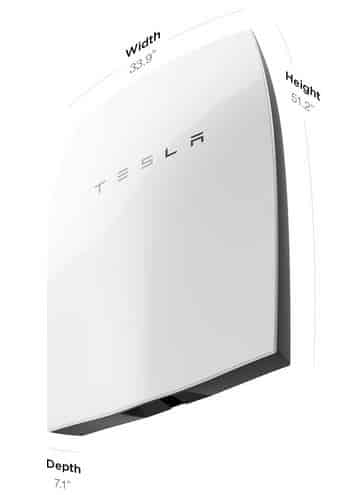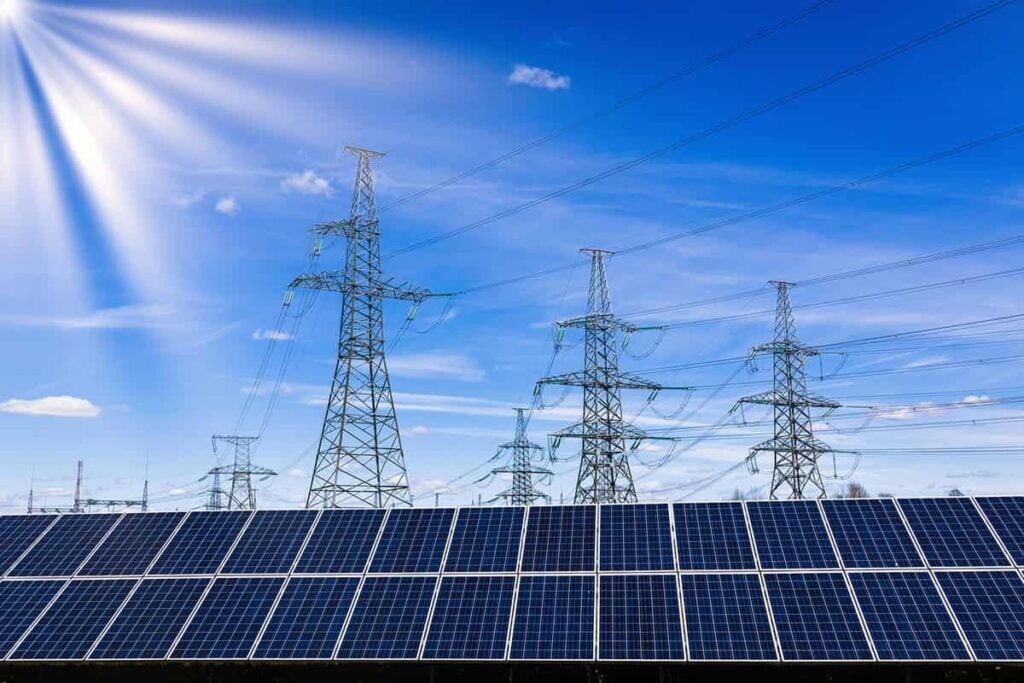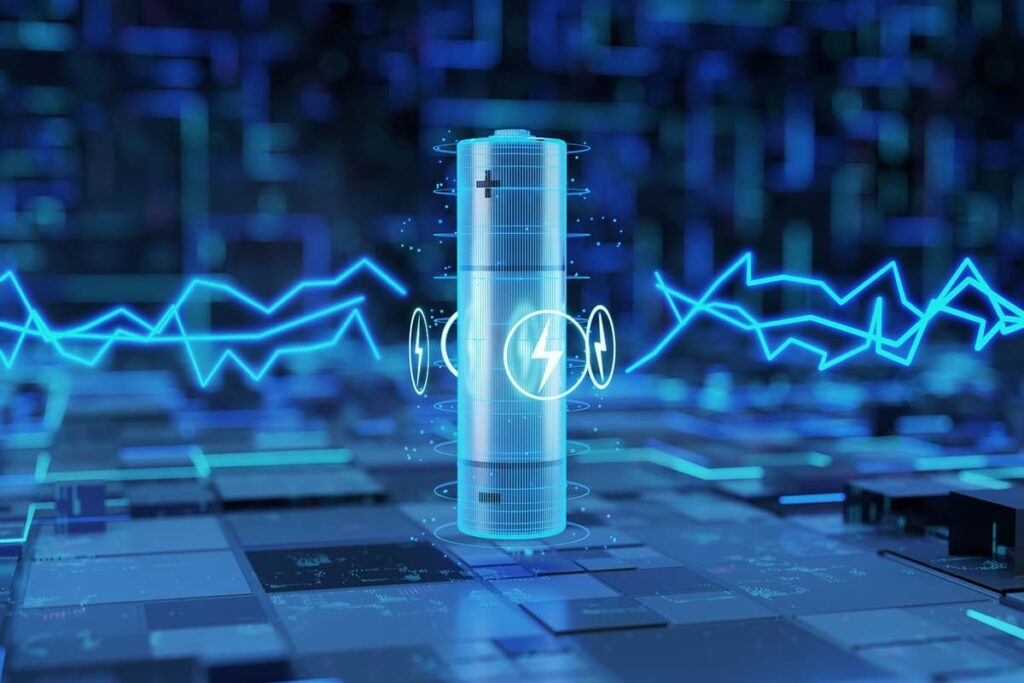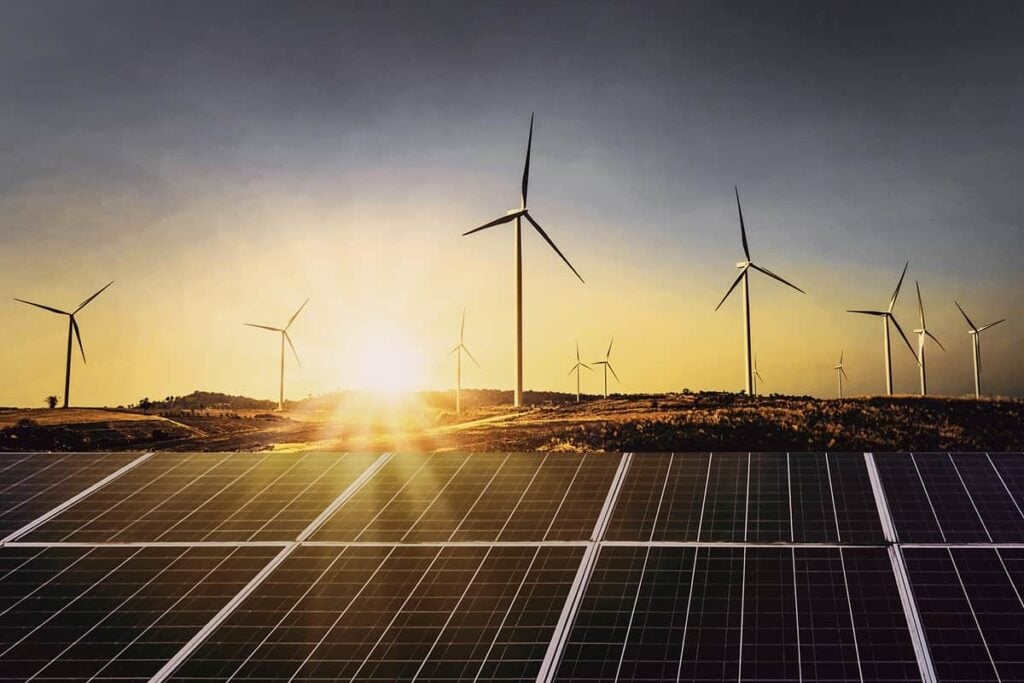All About Tesla Energy and the Powerwall Battery
Table of contents
Table of contents

There’s no denying that Tesla (NASDAQ:TSLA) has established that certain “cool factor” that companies like Apple (NASDAQ:AAPL) have managed to attain among their consumer/investor/fan base. In an article last year on Protean Electric’s in-wheel electric motor, we expounded on just how “cool” the Tesla Model S actually is. This stylish electric all-wheel drive with a 270-mile range that goes zero to 60 in 3.1 seconds with nifty features and the highest safety rating in America has generated a great deal of hype.
This hype along with the cool factor has managed to excite investors and help propel Tesla’s stock price +1100% in the past 5 years. But is that increase merited? While Tesla may have sold around 60,000 units of their flagship Model S seen above in 2014, General Motors, Volkswagen, and Toyota combined sold over 30 million vehicle units in 2014. With GM having a market cap of 56 billion and Tesla’s market cap around 29 billion, this means that Tesla is half the size of GM but only produces .6% of the units that GM does. There appears to be a great deal of growth potential priced into Tesla’s shares at the moment, but a recent announcement from Tesla may cause investors who have shied away from the stock on valuation concerns to take a second look. This recent announcement introduced Tesla Energy:
Today, Tesla introduces Tesla Energy, a suite of batteries for homes, businesses, and utilities fostering a clean energy ecosystem and helping wean the world off fossil fuels. Tesla is not just an automotive company, it’s an energy innovation company.
The first product introduced by Tesla Energy is the Tesla “Powerwall” battery, a rechargeable lithium-ion battery that charges using electricity generated from solar panels, or when utility rates are low, and powers your home in the evening.
Power outages also become a thing of the past with the Powerwall which comes in 10 kWh weekly cycle and 7 kWh daily cycle models. Both are guaranteed for ten years and can power most homes during peak evening hours. Each battery weighs about 220 pounds but you won’t have to worry about lifting them. The units require installation by a trained technician and can be installed indoors or outdoors:
Multiple batteries may be easily be installed together and require no maintenance. The batteries also utilize a software solution that receives dispatch commands from a solar inverter and also supports internet connectivity to allow for all kinds of intelligent monitoring and reporting. The Powerwall is expected to use inverters from SolarEdge (NASDAQ:SEDG), a company we highlighted before which had a recent IPO.
Tesla’s selling price to installers is $3500 for 10kWh and $3000 for 7kWh. (price excludes inverter and installation.) This would extrapolate to around $29 a month for the Powerwall unit over a 10-year lifespan. Deliveries are expected to begin in late Summer, however, reservations can be made now. But don’t go reserving your unit just yet. The Powerwall has been sold out through mid-2016 with over 38,000 reservations having been received. This demand could account for all of their Gigafactory’s production if it was just focused on stationary batteries. Tesla’s CEO, Elan Musk, expects 30% of the Gigafactory production to focus on stationary battery production.
But what does this mean for investors? Let’s say that each reservation represents a single Powerwall unit and that both types are sold in equal amounts. Back of the napkin math puts this at around $123 million in revenues over the next year. That’s a small amount considering Tesla’s revenues for 2014 were around $3.2 billion, but shows strong potential growth given the interested generated and the expected growth of energy storage solutions.
This news should also concern investors in fuel cell companies such as Bloom Energy who also expect to address this market. Tesla already has distribution channels in place for their solution. SolarCity (NASDAQ:SCTY), America’s largest solar power provider, has announced plans to adopt the Powerwall battery solution. That’s no surprise considering that Elon Musk is also the Chairman of SolarCity and helped found the company along with his cousins. That should certainly help spur adoption, not to mention Tesla’s intent to address the utility and business segments along with residential.
Conclusion
Tesla already delivers more lithium-ion batteries than any other company in the world, and with this new announcement, that number can only be expected to grow significantly. By 2020, Tesla’s incredible Gigafactory will reach full capacity and produce more lithium-ion batteries annually than were produced worldwide in 2013. Investors in Tesla should be happy to see this new diversification in revenue streams. While investors before just had exposure to an electric vehicle company before, now they’re getting exposure to the high growth energy storage market as well. Now let’s see if Tesla can scale battery production quick enough to meet demand.
Sign up to our newsletter to get more of our great research delivered straight to your inbox!
Nanalyze Weekly includes useful insights written by our team of underpaid MBAs, research on new disruptive technology stocks flying under the radar, and summaries of our recent research. Always 100% free.

















